
The Lockheed Martin F-22 Raptor, the world’s first fifth-generation stealth fighter, has been both a marvel of aviation technology and a subject of heated debate over its immense costs. Despite the program’s astronomical price tag, the F-22 remains unrivaled in its capabilities, keeping it at the forefront of air superiority decades after its inception.

The F-22 Raptor, an aircraft often described as “futuristic” when it first took to the skies in the 1990s, broke new ground with its combination of stealth, supermaneuverability, and supercruise technologies.
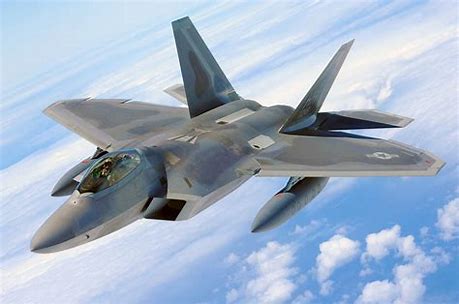
It was a “foray into the future where no one had gone before,” as pilot and engineer Patrick Bindner noted, likening it to “Star-Wars hardware” when compared to existing equipment.

The steep costs associated with the Raptor stem from the pioneering research and development required to produce such an advanced airframe. The jet was designed with groundbreaking stealth technology, including materials and features that minimize its visibility across various detection methods—radar, infrared, acoustic, and even the human eye.
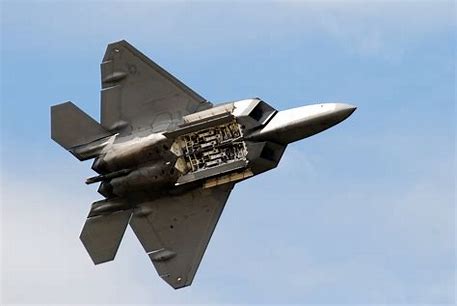
From its radar-absorbent materials to its thrust-vectoring nozzles that reduce infrared emissions, every aspect of the F-22 was scrutinized and refined, contributing to its staggering per-unit cost of around $350 million.

Production complications and a significant reduction in the total number of units—from a planned 750 to approximately 200—exacerbated these costs. With a total program expense surpassing $67 billion, the F-22 far exceeds the price of other fighters like the F-16 Fighting Falcon, which costs around $63 million per unit.
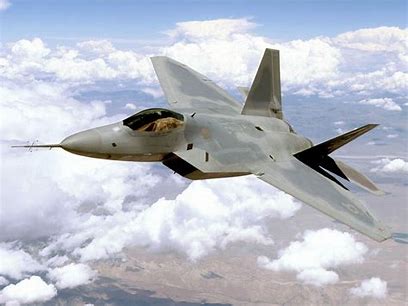
The F-22’s advanced capabilities have solidified its position as a premier air dominance fighter. With a tiny radar cross-section and the ability to supercruise at supersonic speeds without afterburners, the Raptor can penetrate deep into hostile airspace, outmaneuvering potential adversaries and striking with precision-guided munitions.
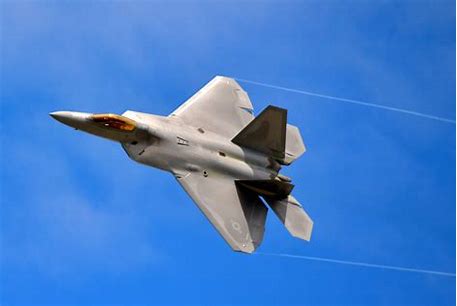
It also boasts an impressive arsenal, capable of carrying six AIM-120 Advanced Medium-Range Air-to-Air Missiles and two AIM-9 Sidewinders in air-to-air configuration.
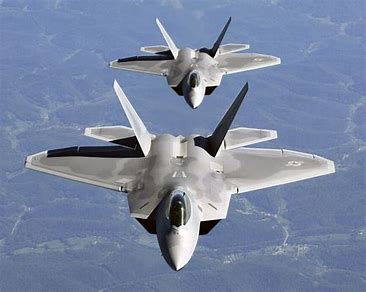
However, the F-22’s relevance has been questioned in the context of contemporary military engagements. The collapse of the Soviet Union and shifting defense priorities led to a decrease in the number of F-22s produced, driving up the cost per airframe and limiting the fleet’s size.
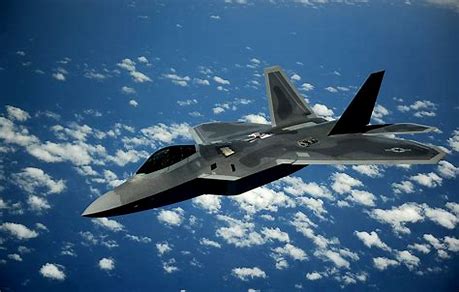
The F-22 has yet to see combat in the ongoing conflicts of the 21st century, as modern warfare often requires close-air support capabilities in environments where opponents, such as terrorist organizations, lack a formidable air force.

As the Department of Defense evaluates the F-22’s future, there is a tension between maintaining a fleet of sophisticated yet costly aircraft and investing in next-generation technologies.
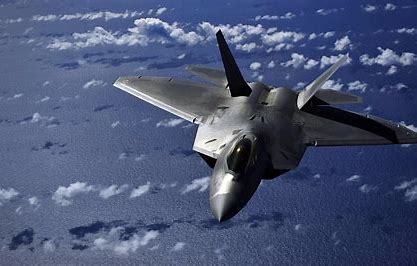
The Air Force’s desire to allocate funds from F-22 maintenance to its Next Generation Air Dominance program highlights this dilemma. While the Raptor is a key player in hypothetical conflicts with advanced adversaries, the cost of keeping the fleet combat-ready is substantial.

In an era of budgetary constraints and evolving threats, the debate over the F-22’s future is emblematic of broader discussions on defense spending and military strategy. While it represents a significant leap in fighter technology, the Raptor has also become a case study in the complexities of balancing technological advancement, fiscal responsibility, and strategic needs.
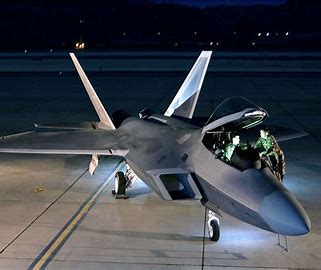
The Raptor’s legacy, however, remains undisputed. As an engineering marvel, it has set the standard for fifth-generation fighters, demonstrating the United States’ commitment to air superiority. Yet, the soaring costs associated with the F-22 program continue to spark discussions on whether the benefits justify the investment.
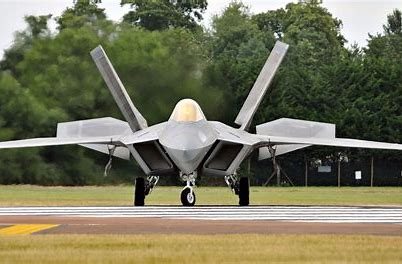
As the U.S. military looks ahead to potential future conflicts and the role of air power within them, the F-22 Raptor’s place in history and its contribution to national defense will undoubtedly remain a subject of both admiration and scrutiny.
Relevant articles:
– $350 Million Per Warplane: Why the F-22 Raptor Fighter Is So Expensive, The National Interest
– The F-22 Raptor Stealth Fighter Is Really Expensive for a Reason, The National Interest
– Buyer’s Remorse: How Much Has the F-22 Really Cost?, WIRED
– The F-22: Expensive, Irrelevant and Counterproductive, Project on Government Oversight (POGO)
